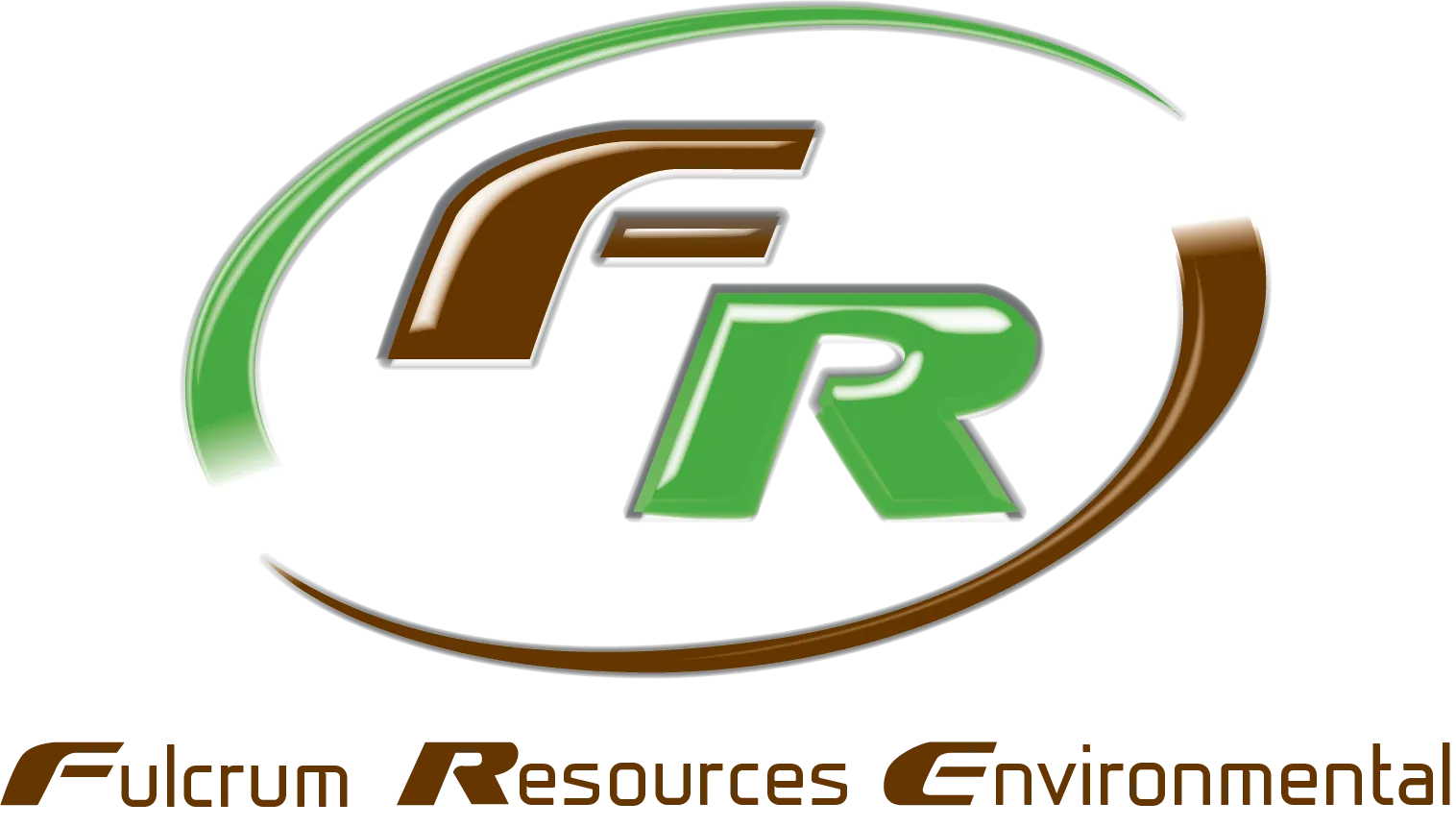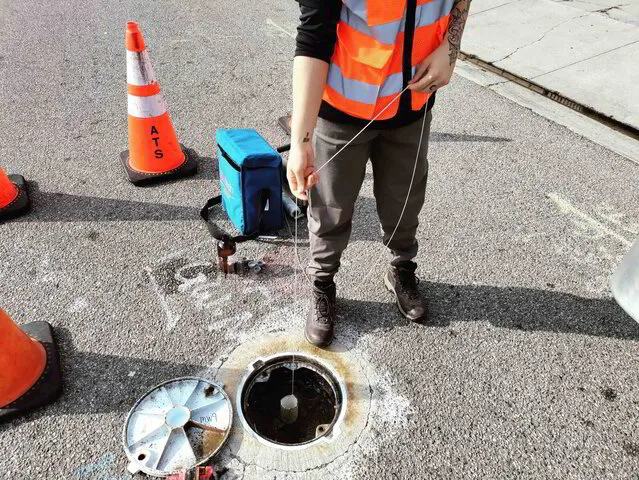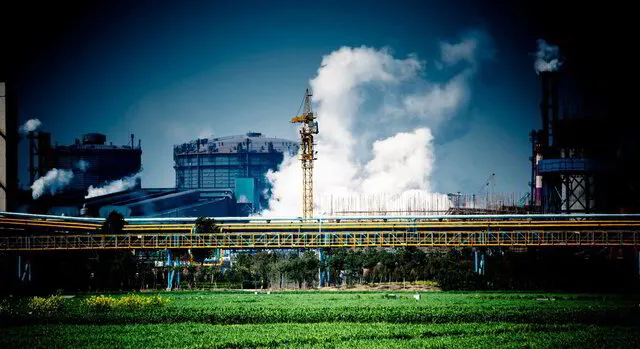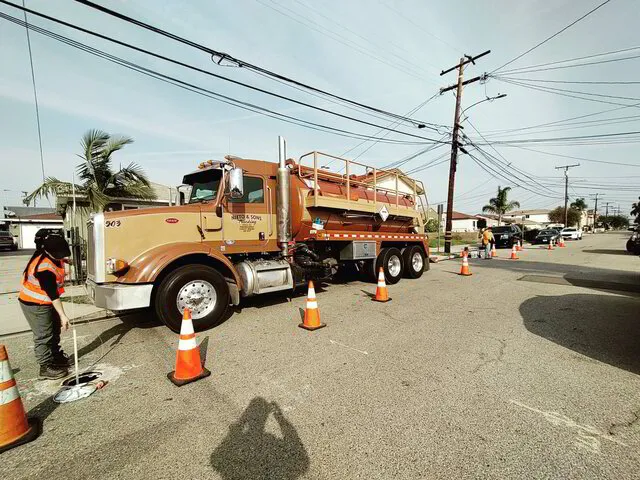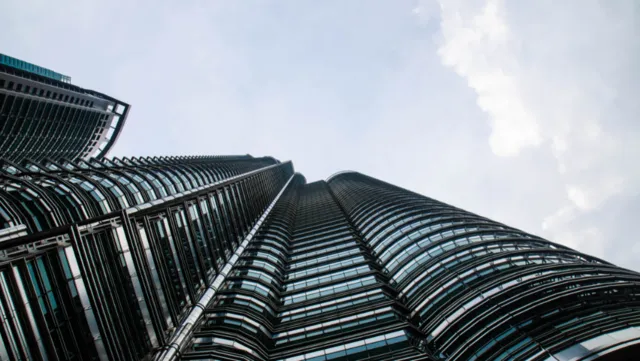OUR SERVICES
OUR SERVICES
Award-Winning Service, Delivered
Our wide range of services include the below:
Environmental Due Diligence
Peer and Desk Top Reviews – Fulcrum’s team of experts are at your disposal.
Subsurface Investigation & Phase II Site Assessment
Conducting subsurface investigation and Phase II site assessment can provide valuable information for site remediation, compliance with environmental regulations, and protection of public health and the environment.
Site Cleanup & Remediation
Site Characterization Reports provide clients a set of site-specific activities.
Certified Environmental Drilling Services
Direct push technology allows Fulcrum & GeoRockers Drilling to collect high-quality
samples in less time and at a lower cost to you.
Green Energy & Sustainability Consulting
Energy Audits are a great way to examine how a facility is operating.
FAQS
"What is a Phase I Environmental Site Assessment?"
A Phase I Environmental Site Assessment (Phase I ESA)
Is an assessment carried out by a registered professional to discover potential environmental hazards that pose future risks to a property. This is typically performed during a real estate transaction for the benefit of both the lender and the borrower. A Phase I ESA report is usually required on all commercial loans; however, each financial institution has their own guidelines as to when a Phase I ESA report is required. Many prudent buyers choose to get a Phase I ESA report before actually closing the deal. This is a great way to mitigate risk and minimize wasted time and efforts that would have been spent attempting to purchase a property you later discover is an environmental hazard.
Additionally, someone purchasing a property may unknowingly be buying a contaminated site, and when discovered, the owner would be fully responsible for clean-up (remediation). This is why obtaining a quality Phase I report ESA is so vital, especially for the buyer of a property. It is always a smart idea to know what you are buying, and a Phase I report will help offer a broader scope and understanding of a property and its potential for environmental hazards.
"What is involved in a Phase I ESA Report?"
A Phase I ESA report includes:
On-site Investigation
- An onsite inspection
- Document any hazardous materials/ hazardous waste stored onsite or nearby.
Historical Research/Review
- Historical aerial photographs
- City directories
- Current and past building permits
- Current and past planning records
- Topographical maps
- Sanborn Fire Insurance Maps
- Title Information
Geology and Hydrogeology:
- Soil nature and type
- Groundwater flow and depth
- Geological setting
Regulatory Database Research
- A review of ascertainable regulatory databases
Regulatory Research
- A review of city, state and federal agency records, including but not limited to:
- Regional Water Quality Control Board
- Environmental Health Department
- Public Works Department
- Air Pollution Control District
- Fire Department
- Sanitation Department
- Department of Oil and Gas maps
Interviews and Document Review
- Interview Site Tenant(s) and Owner(s)
- Interview State and Local Regulators
- A Review of Past Reports (if available)
"Do the results of an environmental due diligence assessment need to be reported to a government agency?"
Each case is different. The answer is generally “no,” because ESA reports are typically proprietary. However, if there is any trace of danger or impact on the public’s health or well being (in any way or form), the answer may be “yes.” This is frequent inquiry by property owners and report users. Especially during real estate environmental due diligence periods with observable impacts. For example, when a Recognized Environmental Condition becomes apparent in the Phase I Environmental Site Assessment process, there is a potential for subsurface contamination to occur. Thus, a Phase II Environmental Site Assessment is necessary. And depending on the results, along with a few other facts, there might be an obligation to report the findings of an environmental due diligence investigation to an agency.
"What is a Phase II Site Assessment / Subsurface Investigation?"
A Phase II Site Assessment, also referred to as a Phase II Subsurface Investigation, is a limited subsurface investigation that is performed when you have reason to believe there may be contamination on a site and need to establish the potential presence of the suspected contamination. Typically, these are conducted when there was a Recognized Environmental Condition (REC) discovered during the Phase I ESA process.
"What is the difference between a Phase I Environmental Site Assessment and a Phase II Environmental Site Assessment/Subsurface Investigation?"
The primary difference between Phase I and Phase II site assessment lies in the scopes of work of the assessment. A Phase I primarily assesses the likelihood that a site is contaminated through visual observations, historical use reviews, and regulatory records, while a Phase II assesses whether contamination is in fact present. Here are the components of each:
Phase I Environmental Site Assessment
Interviews with current property owners, operators, occupants, and local government officials.
Visual inspection of the property’s current condition, with comparison to site plans.
Visual inspection of adjoining properties
Interviews with current property owners, operators, occupants, and local government officials.
Goal: Assess likelihood that property has been contaminated.
Phase II Environmental Site Assessment/Subsurface Investigation
Soil and water sampling for signs of contamination.
Comparison of lab results with local, state, and federal regulatory guidelines.
May include inspection of interior spaces for mold, radon, or lead paint.
May include identification of wetlands, ecological resources, or endangered species that may prevent certain land uses.
Goal: Assess actual presence of environmental contaminants.
"What happens after a Phase II Site Assessment / Subsurface Investigation?"
After a Phase II Site Assessment / Subsurface Investigation is conducted, you will either be given the green light to proceed with your plans, or you may need to perform an Additional Phase II Site Assessment or perform remediation or engineering controls. A Phase II Site Assessment will involve more invasive tests to determine the level of contamination and develop a plan to mitigate the environmental impacts. Remediation and engineering controls can vary from site to site depending on the amount of contamination detected and the nature of the site.
